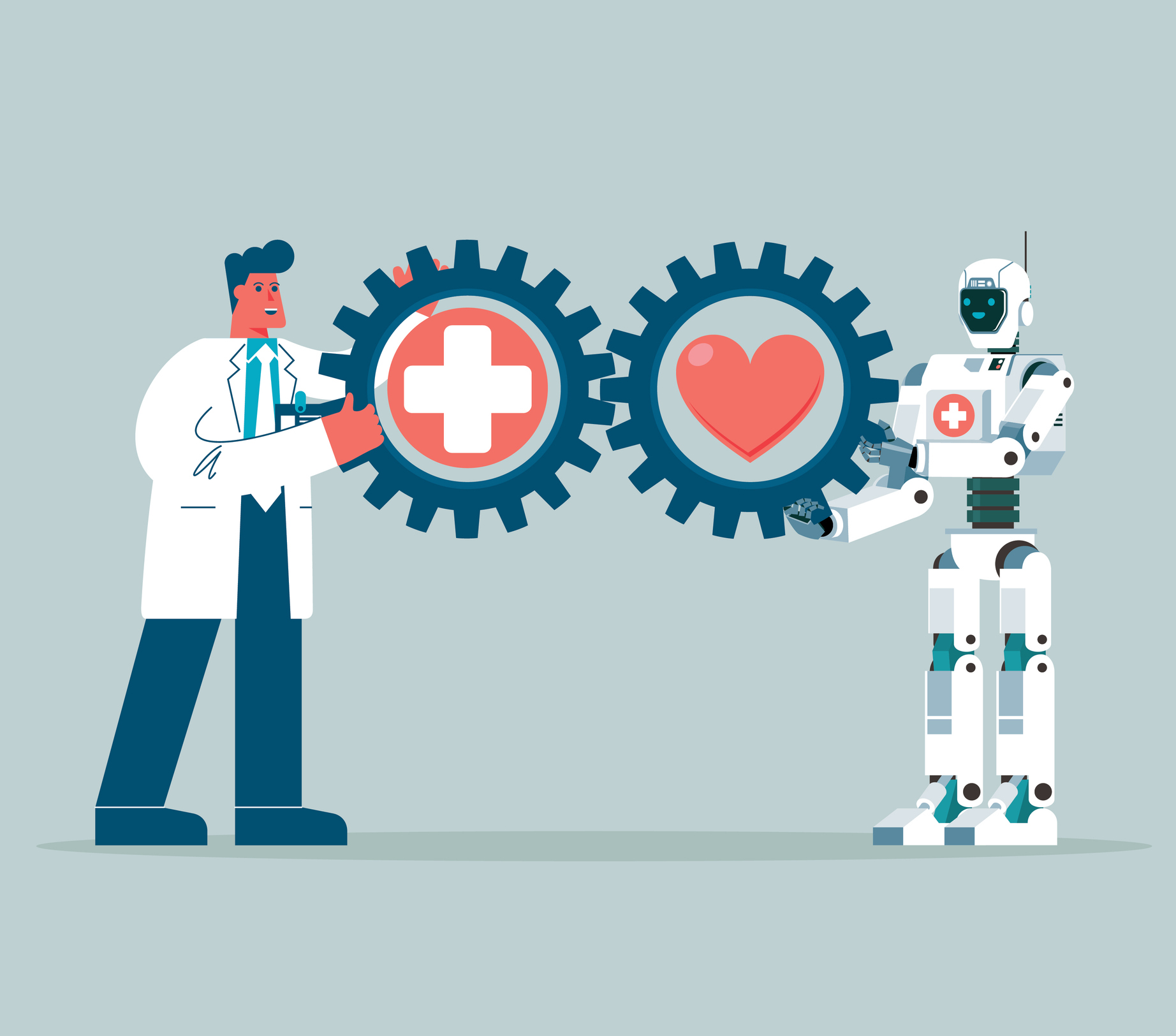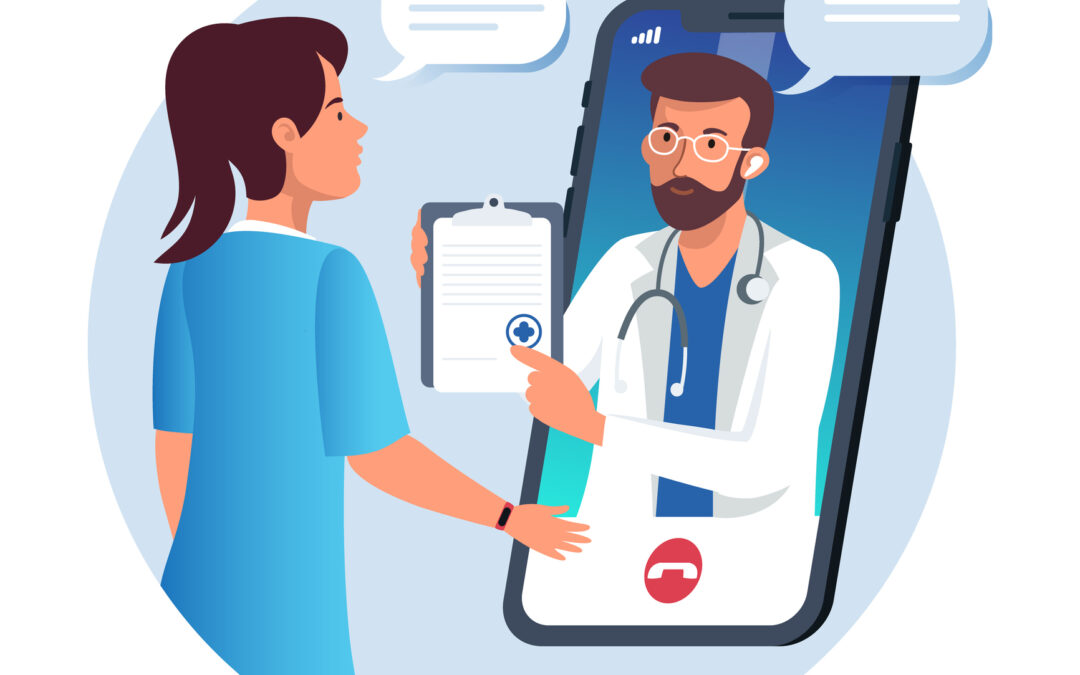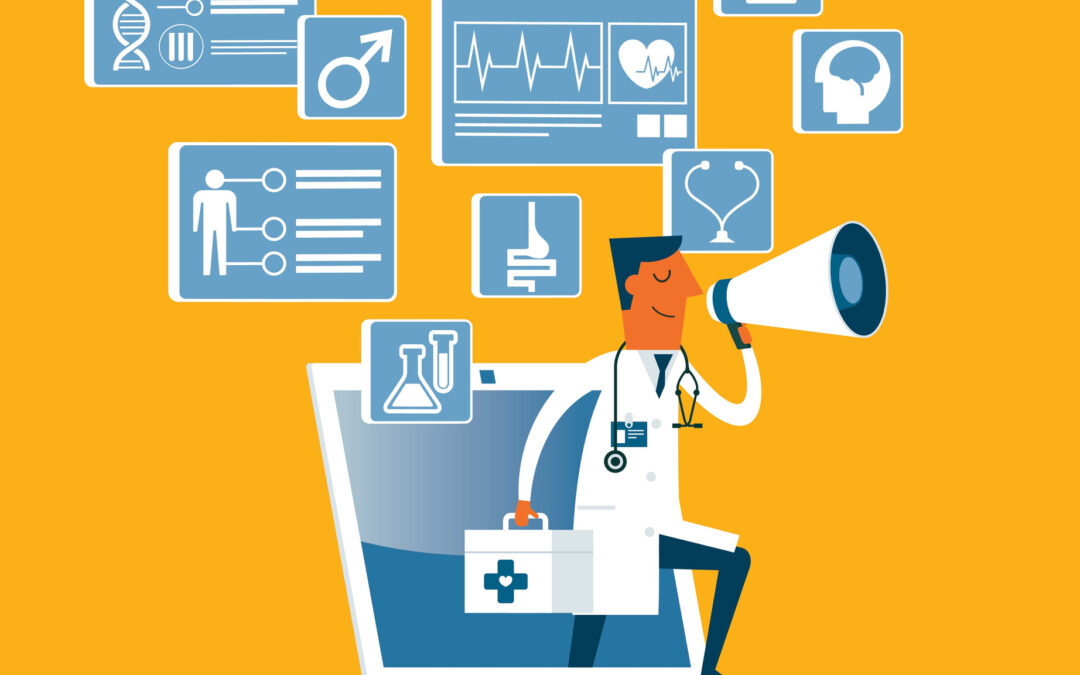The Journey Isn’t Linear—But It Can Be Predictable
In healthcare, journeys rarely follow a straight line. Patients zigzag between Google searches, physician referrals, payer portals, social media reviews, and call centers. Members float between employer resources, coverage FAQs, and provider directories—all while grappling with cost concerns, coverage confusion, and health anxiety.
For CMOs, COOs, and growth leaders, the common challenge is obvious: how do you guide people who are already moving—often invisibly?
Enter predictive AI. More than a buzzword, it’s the connective tissue that allows healthcare marketers to anticipate needs before they’re articulated, simplify access, and establish trust.
From Reactive to Anticipatory
Traditional marketing operates in hindsight: launch campaigns, track clicks, then iterate. Patient and member journeys were seen as fragmented touchpoints. But journeys today are fluid. A patient may research symptoms, pause, encounter a retargeting ad, then finally schedule. Without deeper insight, those are just blurred glimpses.
Predictive AI clicks the pieces together, tracking trajectory instead of reaction. It answers:
- Where is this person headed?
- What’s holding them back?
- What signals reveal readiness to act?
That shift—from reactive to anticipatory—is the leap that separates leaders in healthcare growth from the rest.
Predictive AI in the Patient Journey
Here’s how hospitals and health systems are turning fragments into foresight:
- Spot Emerging Demand
AI analyzes rising search trends—say, demand for orthopedics in a ZIP code—before appointment volume actually surges. - Optimize Content Pathways
Predictive AI identifies when patients engage deeply—like browsing a cardiology blog—and nudges them with an easier route to scheduling. - Reduce No-Shows and Lift Conversions
One health system saw a 35% increase in appointment confirmations after implementing AI-driven patient segmentation within its CRM. In another case, a cardiology practice increased bookings by 67% by uncovering untapped patient segments via AI-enhanced targeting. - Improve Ad Efficiency
AI-targeted ad campaigns reduced cost-per-acquisition by 27–37% in regional systems. - Manage No-Show Risks
An AI-based appointment system boosted patient attendance by 10% monthly and improved capacity utilization by 6%, cutting wasted capacity and costs.
Predictive AI in the Member Journey
Health plans are tapping similar insights—extending from acquisition to retention:
- Anticipating Churn
AI analyzes engagement signals—like portal visits and call-center activity—to flag members at risk of not renewing. Proactive outreach then helps stem churn. - Guiding Benefit Utilization
Many members aren’t using benefits like virtual care or preventive services. AI surfaces unused opportunities and nudges engagement. - Improving Satisfaction
Predictive outreach—the kind that anticipates concerns—boosts CAHPS scores and overall loyalty. - Building Long-Term Loyalty
AI detects life-event signals—like growing families or new employers—and enables timely, personalized outreach that deepens trust.
Why Predictive AI Matters Now
- Budget Pressure: With margins tightening across hospitals and payers, marketing must be smarter. Predictive AI helps reallocate spend toward high-intent targets.
- Consumer Expectations: Patients and members expect digital fluidity—the same ease they get streaming or shopping. Predictive AI helps healthcare close that experience gap.
- Regulatory Complexity: HIPAA, CMS rules, and privacy laws demand precision and compliance. AI helps deliver both personalization and governance.
- Leadership Expectations: CMOs and CFOs need proof. Predictive AI enables attribution models that tie marketing investments directly to outcomes—volume, retention, margin.
This isn’t optional anymore—it’s rapidly becoming the operating system for growth.
From Data to Decision
Healthcare data is rich—and messy. Claims, EMRs, call-logs, web analytics: powerful but siloed. Predictive AI brings it together.
- Patients who download nutrition guides are more likely to schedule screenings—insight that used to get lost in CRM noise.
- Members who open two insurance update emails are significantly more likely to call customer service.
- Geographic response patterns reveal which segments are most responsive to SMS reminders rather than email.
Predictive AI turns ambiguity into actionable signals.
The Human Factor
Predictive AI does not replace empathy. It enhances it. Human-centered marketing gains focus and precision when AI handles the heavy lifting—letting teams infuse creativity, context, and care.
Expert Insight
As Fei-Fei Li, Co-Director of Stanford Institute for Human-Centered AI, says:
“Artificial intelligence is not a substitute for human intelligence; it is a tool to amplify human creativity and ingenuity.”
That balance—between human insight and AI amplification—is where ab+a plays.
ab+a’s Perspective
At ab+a, predictive AI isn’t just a module—it’s a lens:
- For health systems, it means meeting patients before they ask.
- For health plans, it’s anticipating member needs before they escalate.
This is GiG in motion—growth, impact, good. AI-driven marketing delivers efficiency, clarity, and trust.
Where Leaders Should Start
- Data Audit
What data sources are ignored—search, CRM, call logs? Map the signals; find the gaps. - Define High-Impact Use Cases
Start small: reduce no-shows, drive preventive screenings, predict churn. - Operationalize Insights
Build workflows that convert AI outputs into campaign actions—from ad targeting to outbound nurturing.
This isn’t tech for tech’s sake—it’s discipline wrapped in data.
The Road Ahead
Predictive AI isn’t just here—it’s getting smarter. Over the next 18–24 months, expect:
- AI-enabled CRMs slashed open to become growth engines.
- Predictive attribution models accepted by boards and CFOs.
- Compliance-first personalization that respects data and maximizes empathy.
- Frictionless experiences that feel human, not mechanized.
And we’re just getting started. Here’s what’s ahead on Tech Tuesday:
- Next Week: CRM in Healthcare: From Database to Growth Engine—why your CRM is your growth secret weapon once AI unlocks it.
- Then: Attribution That Boards Believe—no more guesswork—only numbers CFOs trust.
- Following: Personalization Without Creeping People Out—building loyalty, not distrust.
What Happens Next
This Tech Tuesday, ask yourself:
- Where could predictive AI shorten the journey from search to scheduling?
- How could it reduce churn in your member base?
- What signals are hiding in plain sight—and waiting to be activated?






